In the early 1900s, Hillside Avenue in Queens, New York, was a place of deep transformation. The roadway, once a simple path known as the Jamaica Plank Road, was evolving into a central artery for the growing borough.
At the turn of the century, much of the avenue still held a rural character. Wooden farmhouses with open porches stood back from the road, separated by fields and patches of trees. Horse-drawn wagons and carts were a common sight, transporting goods and people along the unpaved and often dusty route. The air carried the scent of coal smoke from chimneys and the earthy smell of damp soil after a rain.
Change arrived swiftly with new transportation. The advent of the electric trolley car marked a significant shift. These vehicles, rumbling along newly laid tracks, connected the neighborhoods along Hillside Avenue more directly to the rest of New York City. The trolleys brought more people, and with them, more development.
Read more
By 1910, the landscape of Hillside Avenue was visibly different. New two- and three-story buildings made of brick and stone began to line the street. These structures often housed shops on the ground floor with apartments above. Storefronts with large glass windows displayed everything from dry goods and groceries to hardware and tonics. Signage, hand-painted on wood or the sides of buildings, advertised the services of doctors, dentists, and other professionals.
The year 1918 brought the most dramatic change with the construction of the Jamaica Elevated train line along the avenue. This massive steel structure cast long shadows over the street below. The roar of the trains overhead became a constant part of the daily soundscape. The “El” spurred another wave of construction, with apartment buildings and commercial blocks rising to meet the demand of a population now directly linked to Manhattan’s job market.
Daily life on the avenue was a mix of the old and the new. Children in simple clothing played in the streets, dodging the occasional sputtering automobile that shared the road with the trolleys and delivery wagons. Pedestrians navigated the wooden or newly paved sidewalks, going about their errands. The clatter of horseshoes on pavement mingled with the clang of the trolley bell and the screech of the elevated train’s wheels.


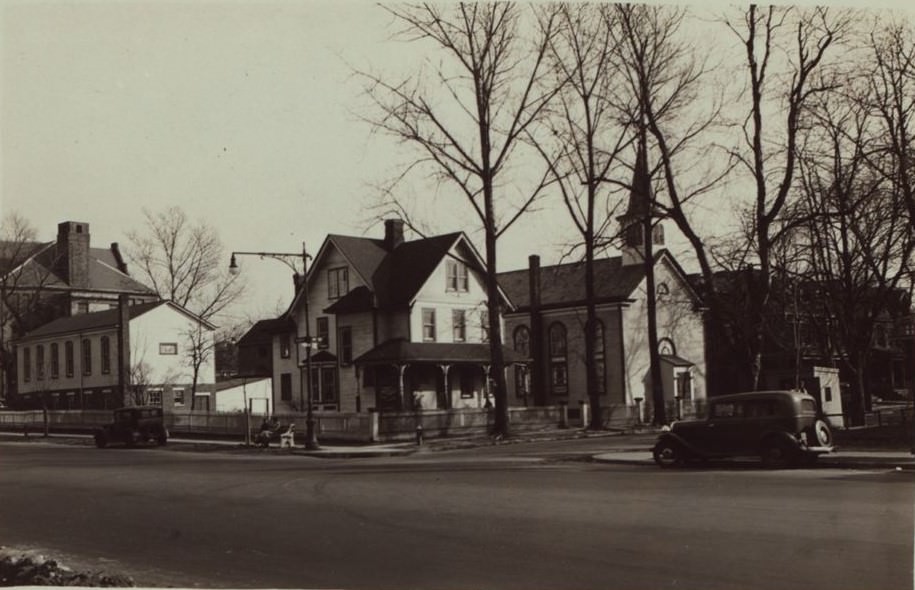
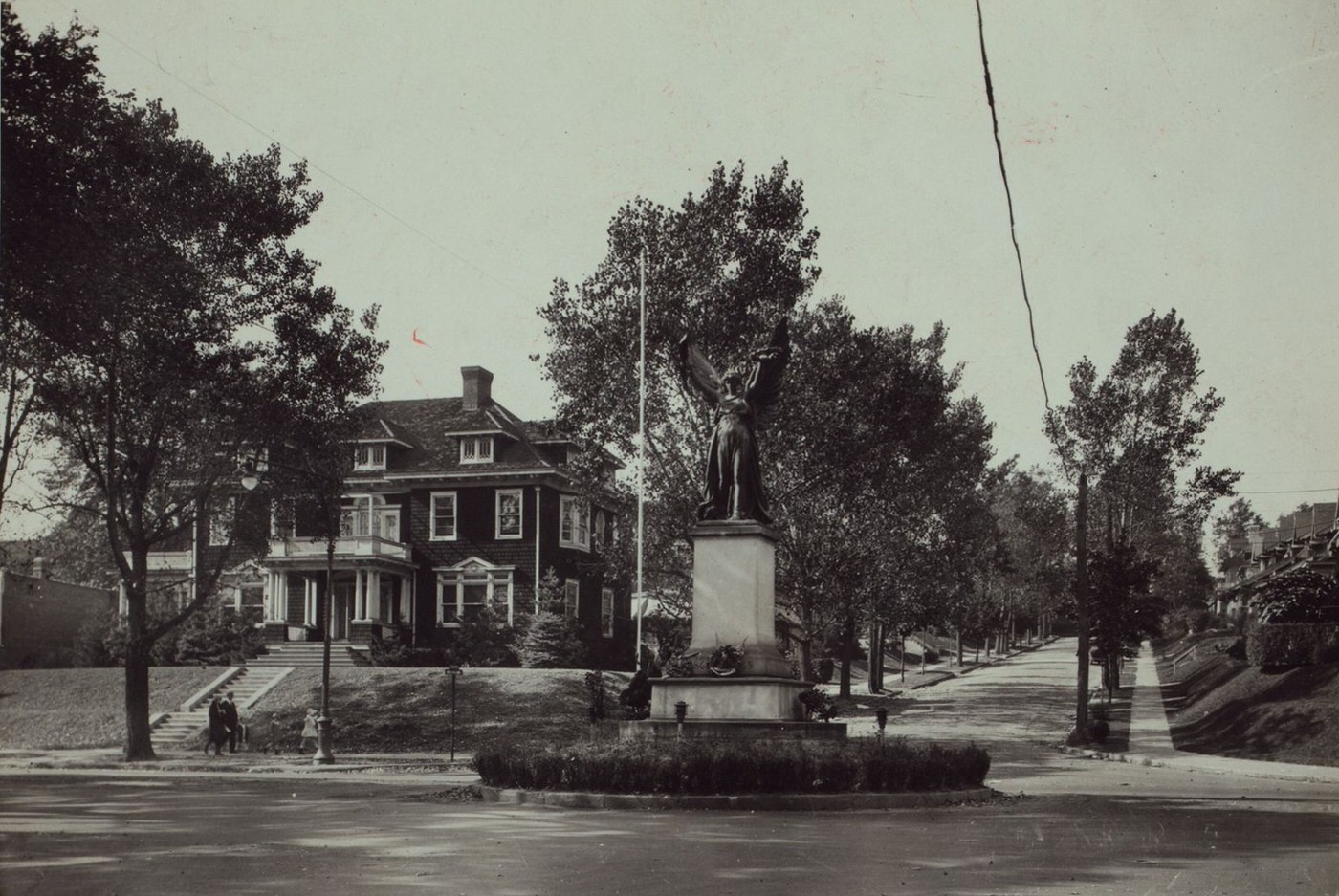
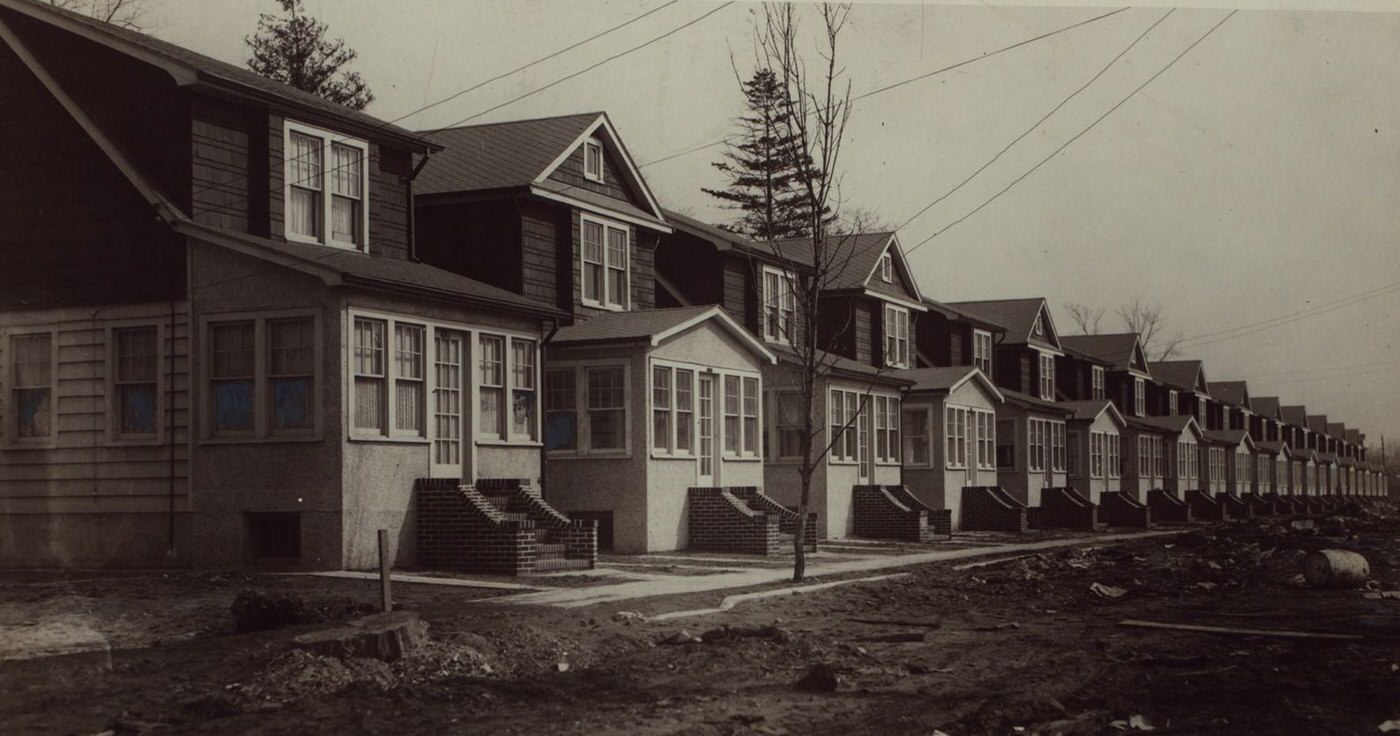
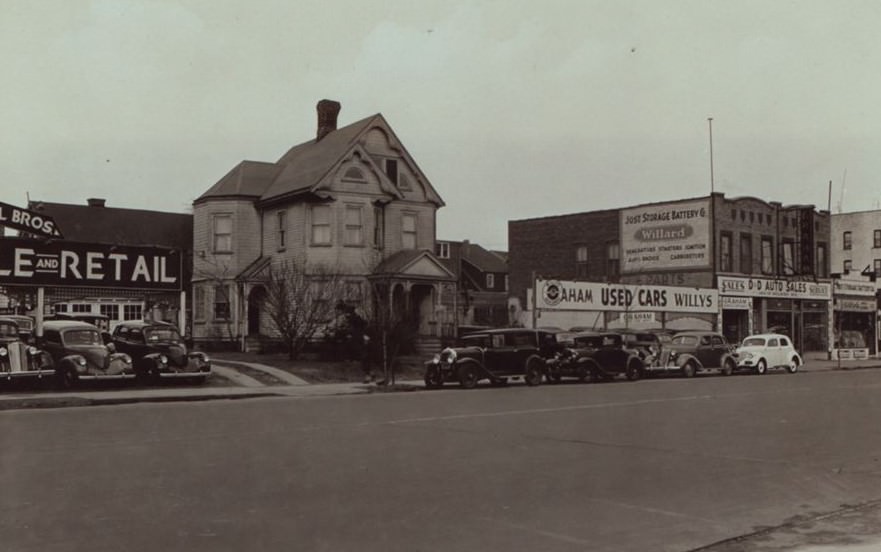
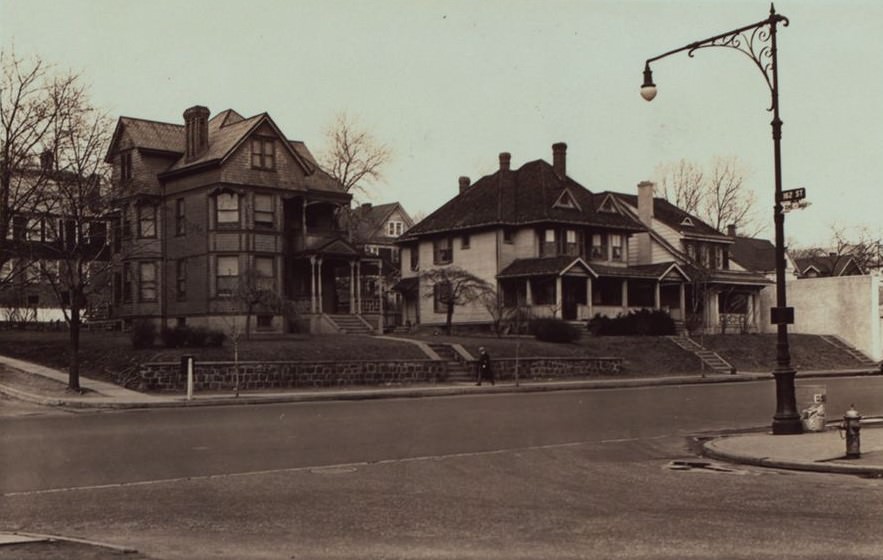
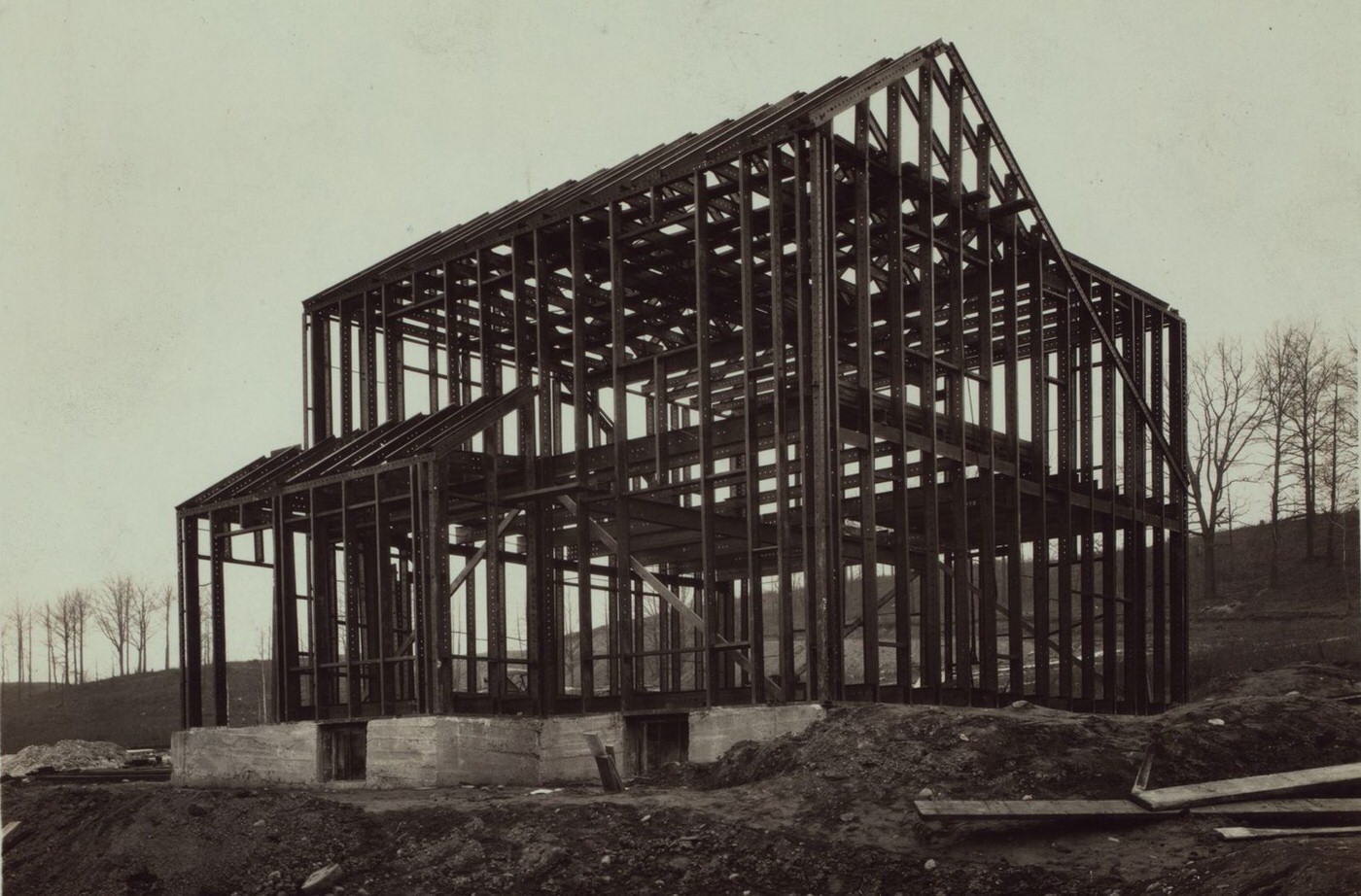
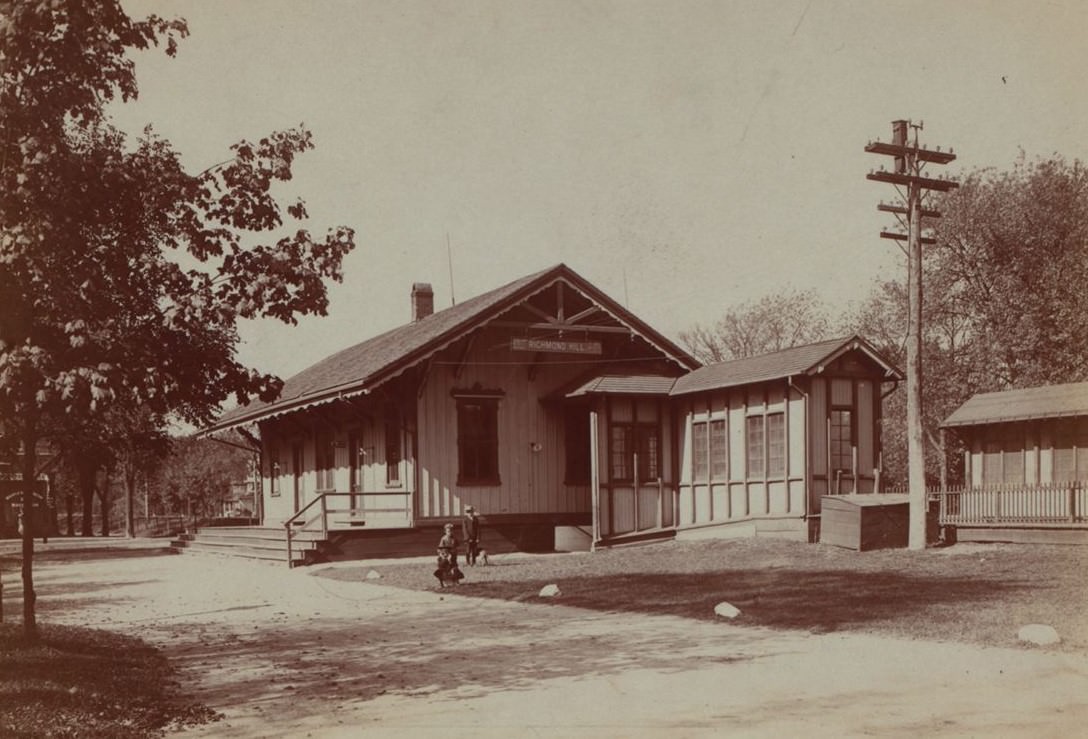
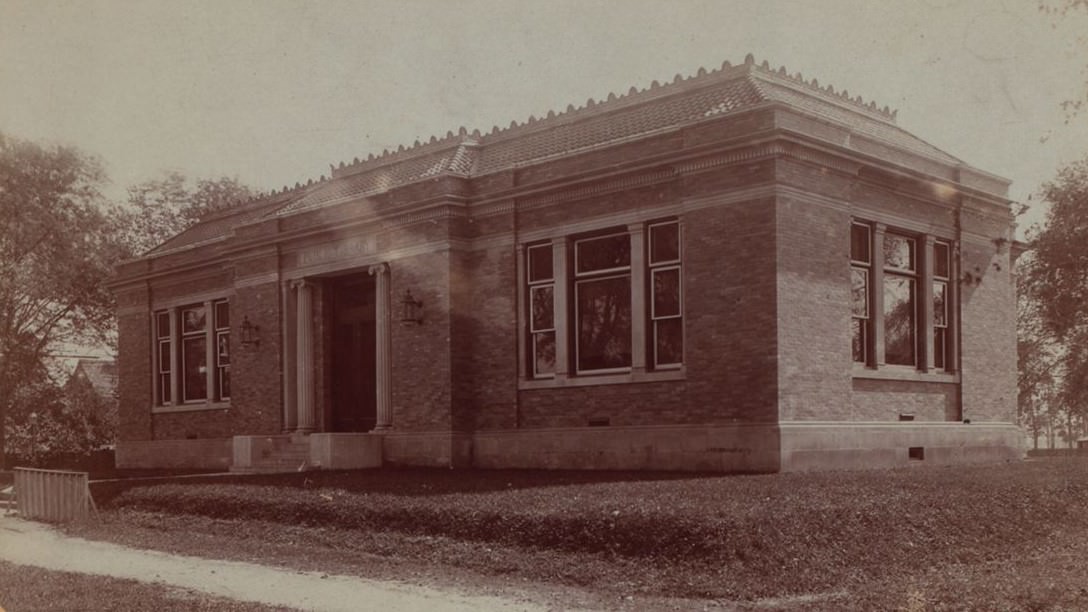
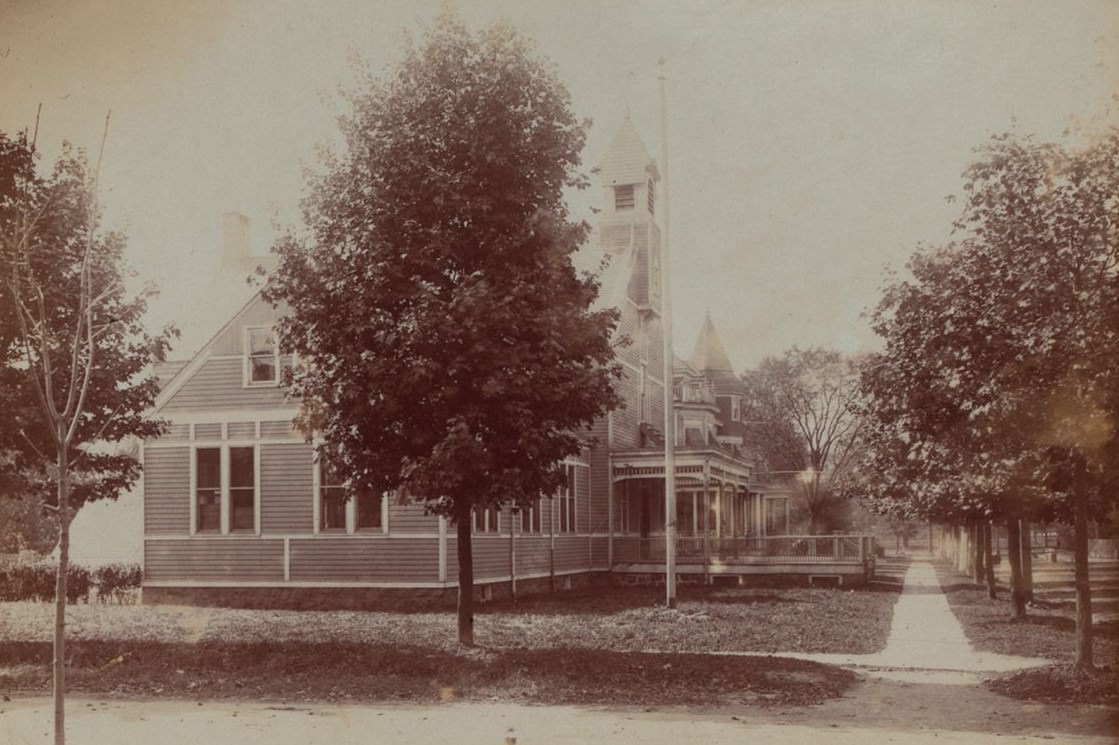
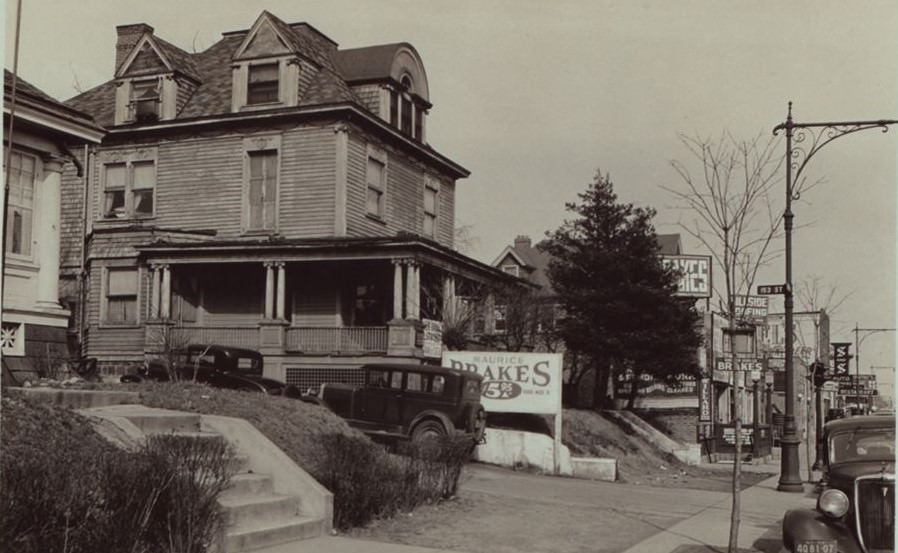
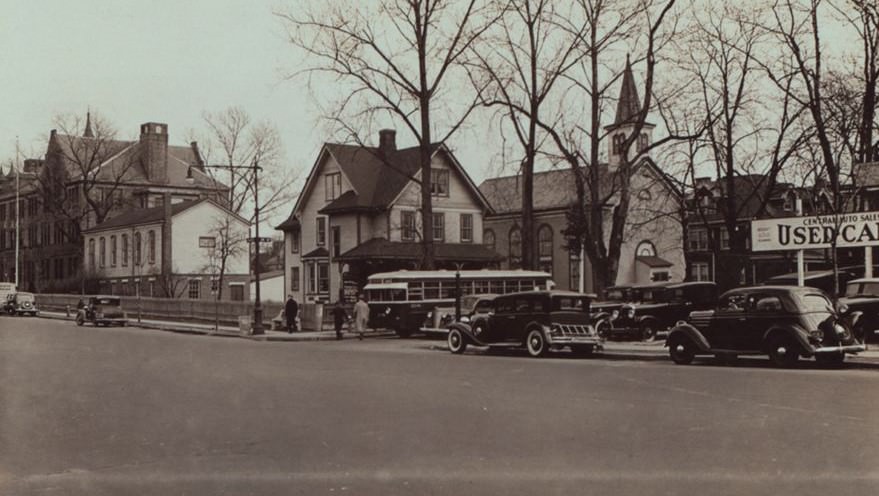
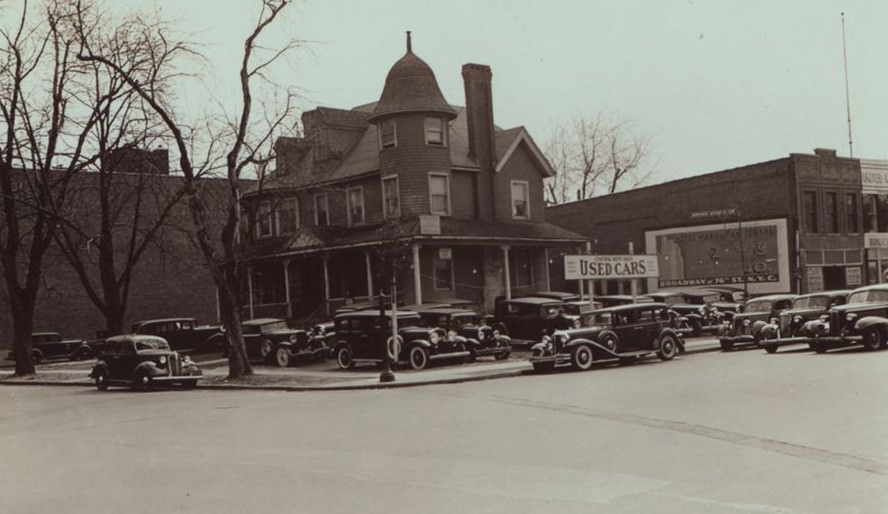
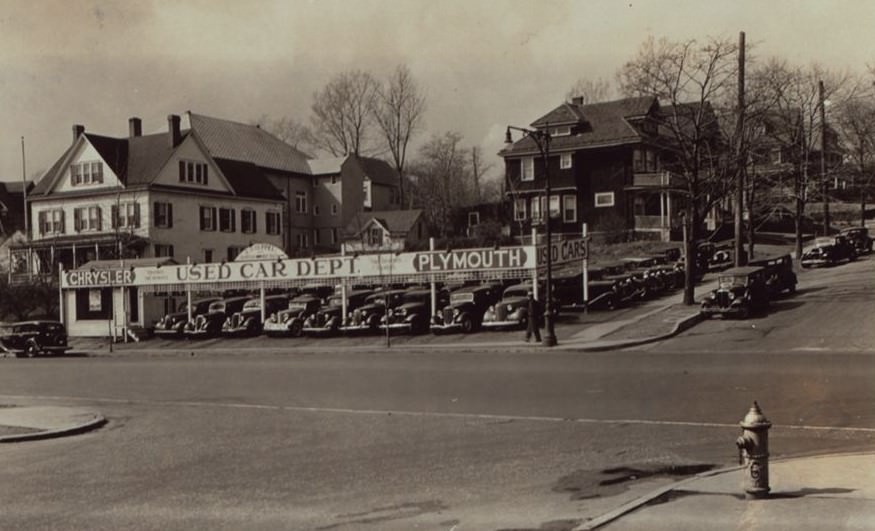
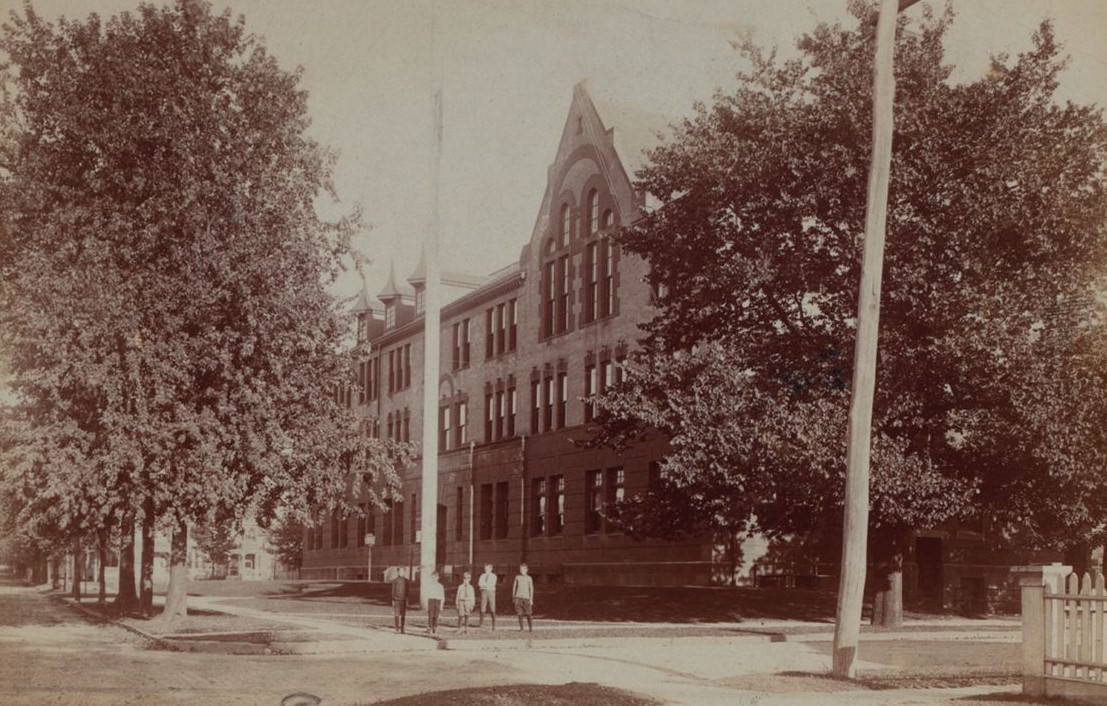
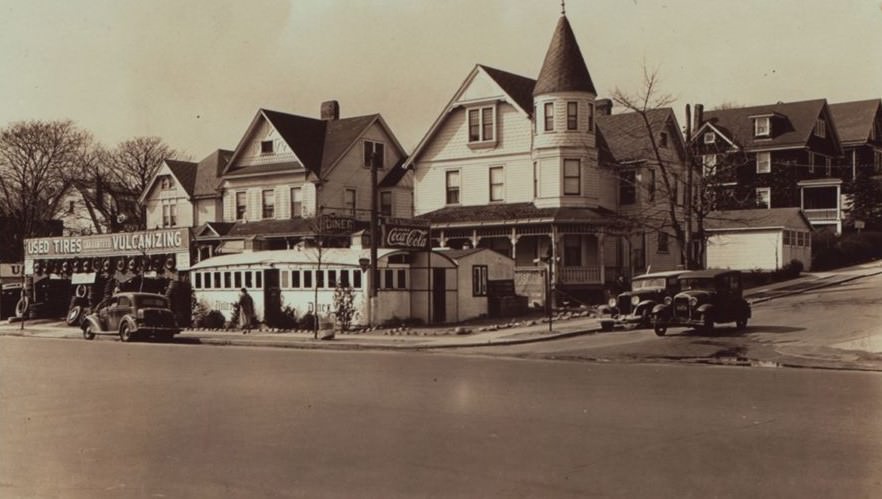
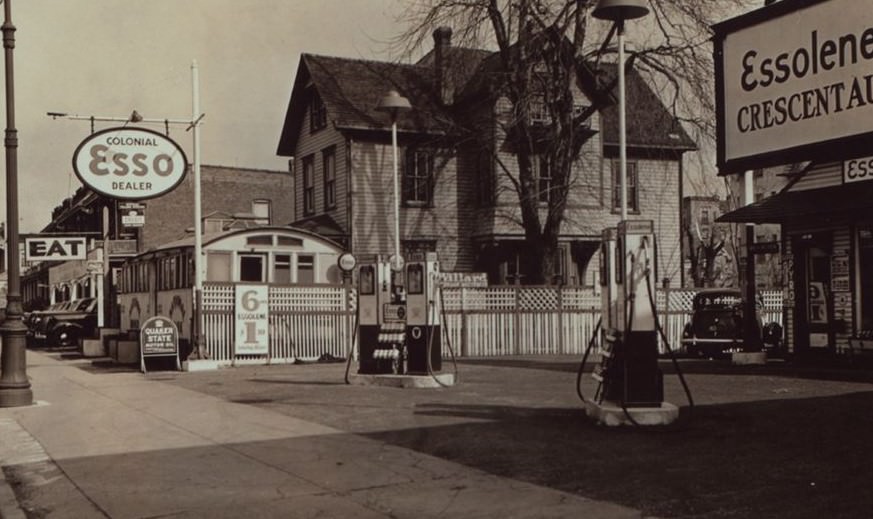
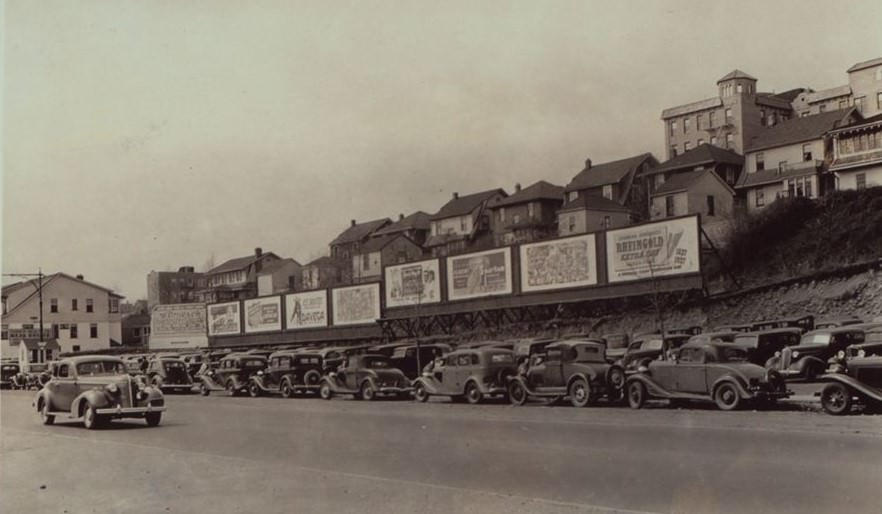
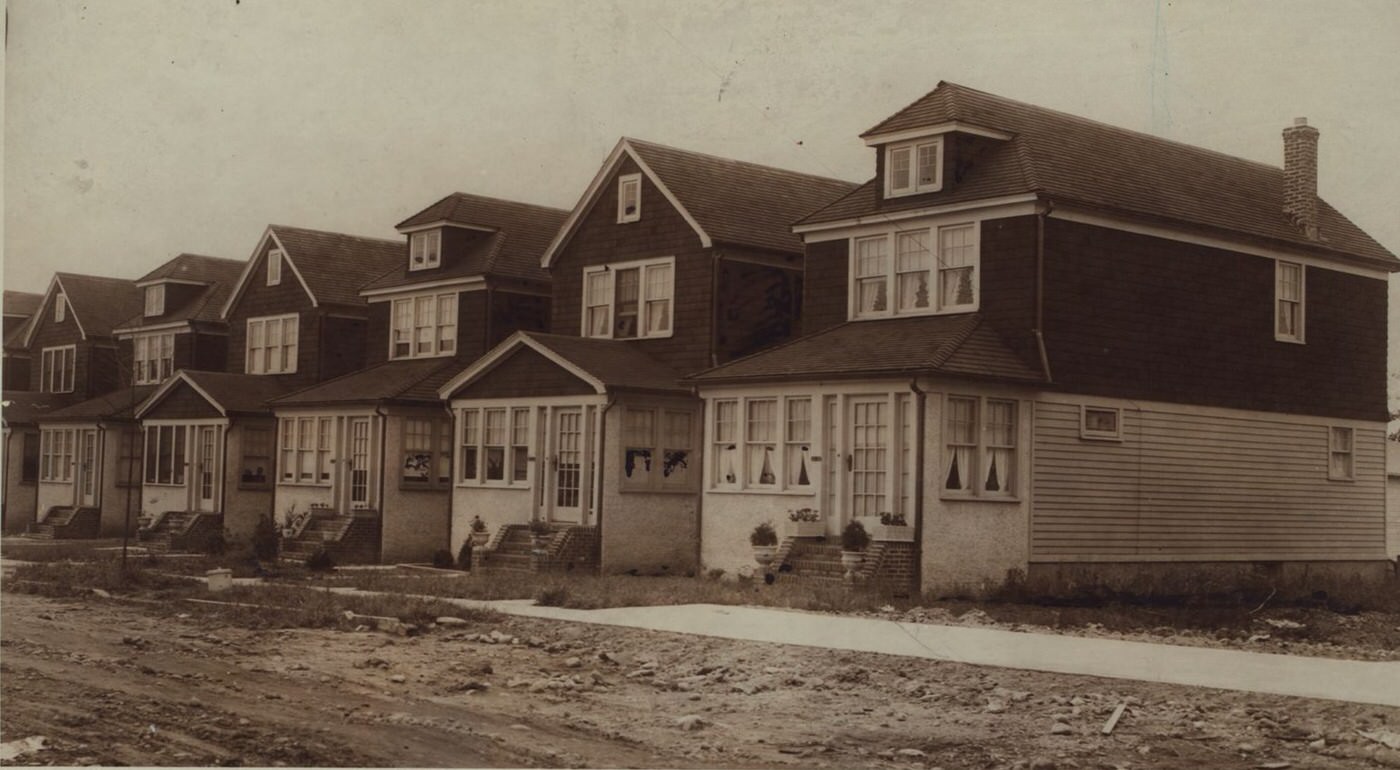
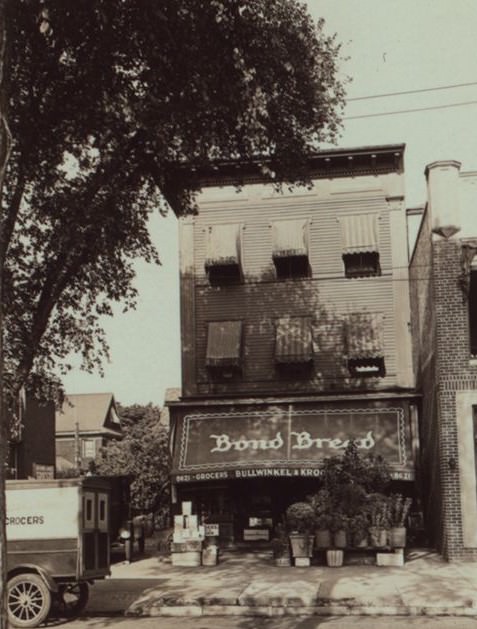
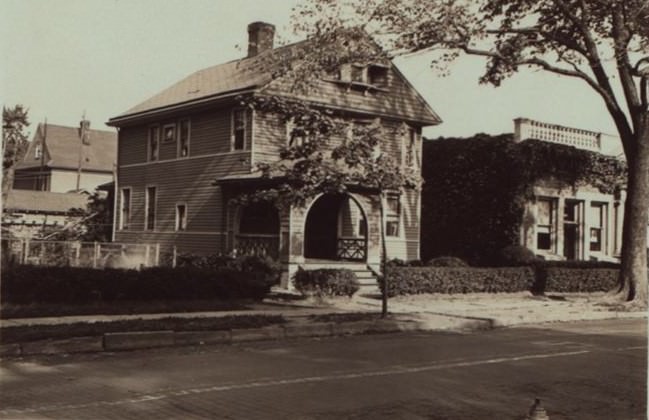
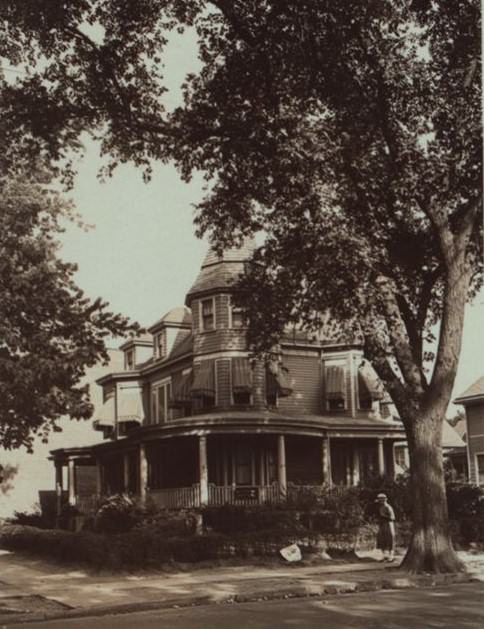
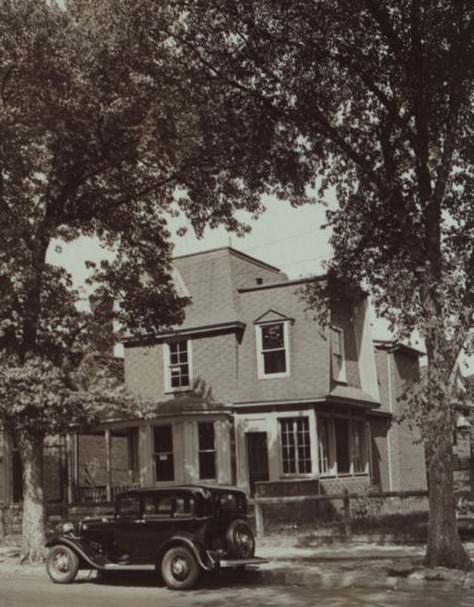
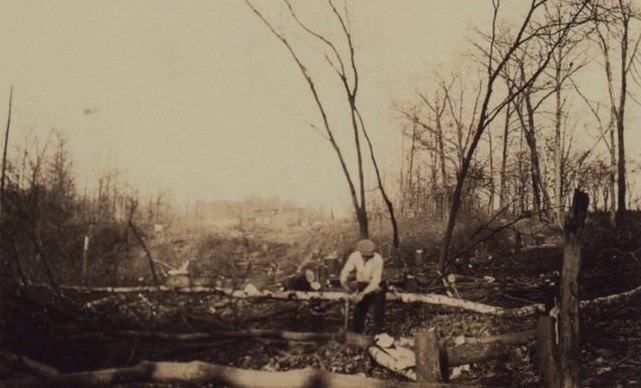
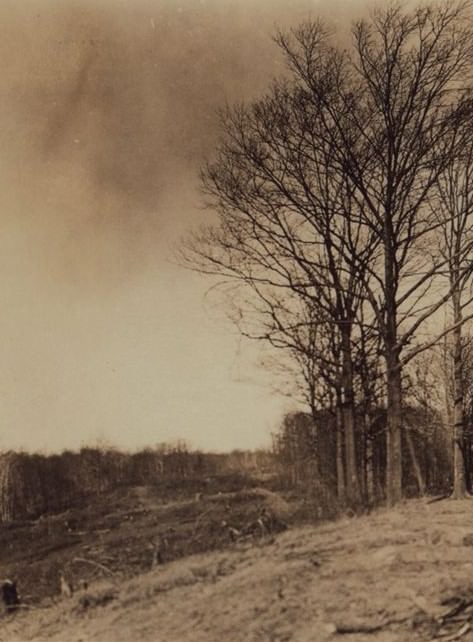
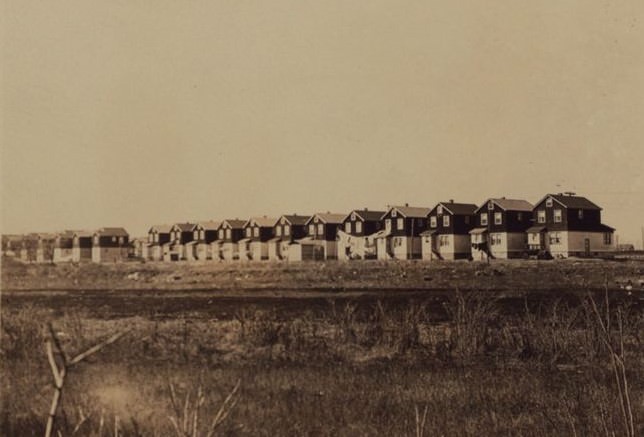
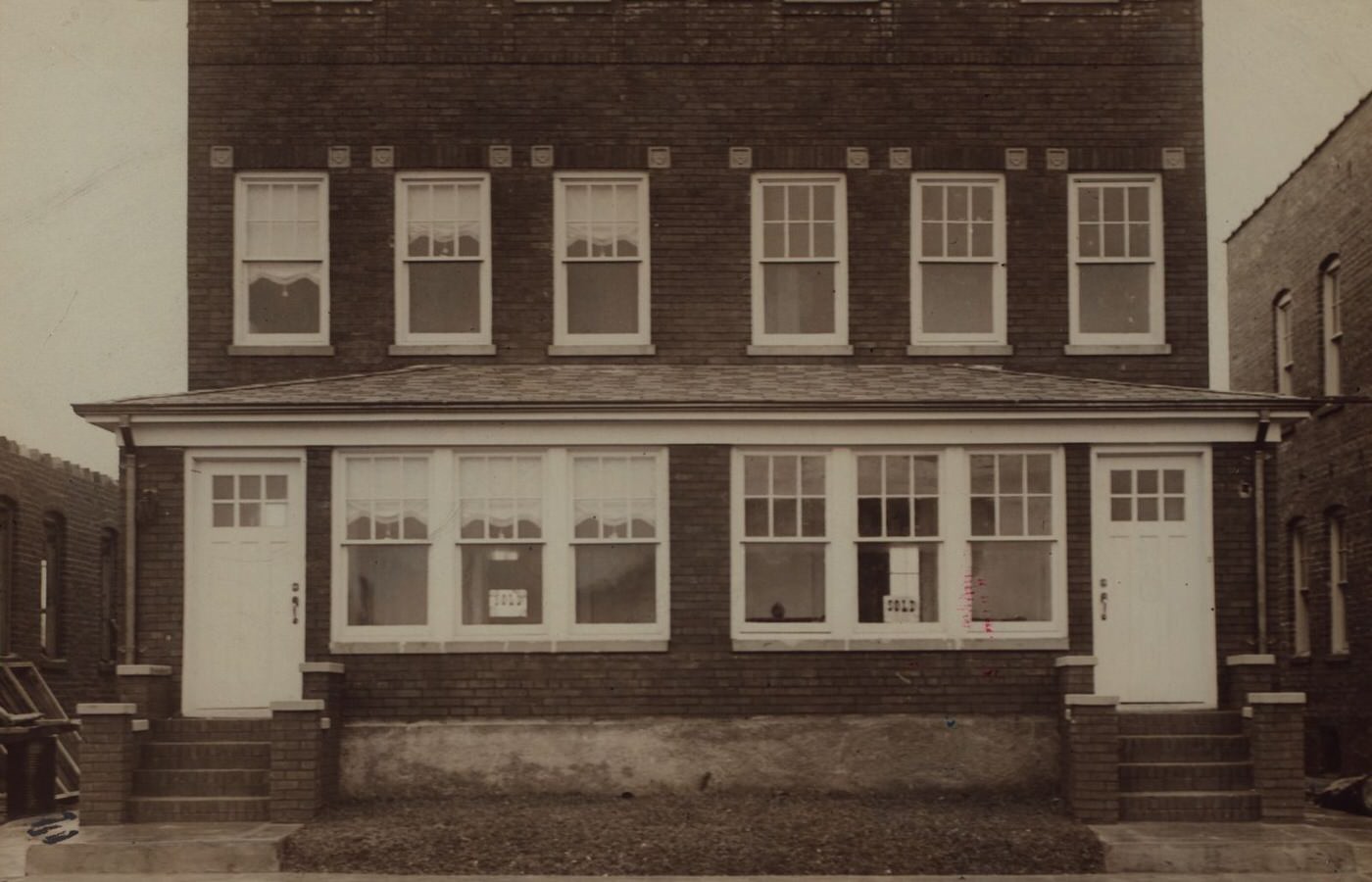
![Queens Village - [215Th Place - Spencer And Hillside Avenues - Real Estate Development.], 1927](https://seeoldnyc.com/wp-content/uploads/2025/06/Hillside_Avenue_Early_1900s_24.jpg)

GIPHY App Key not set. Please check settings